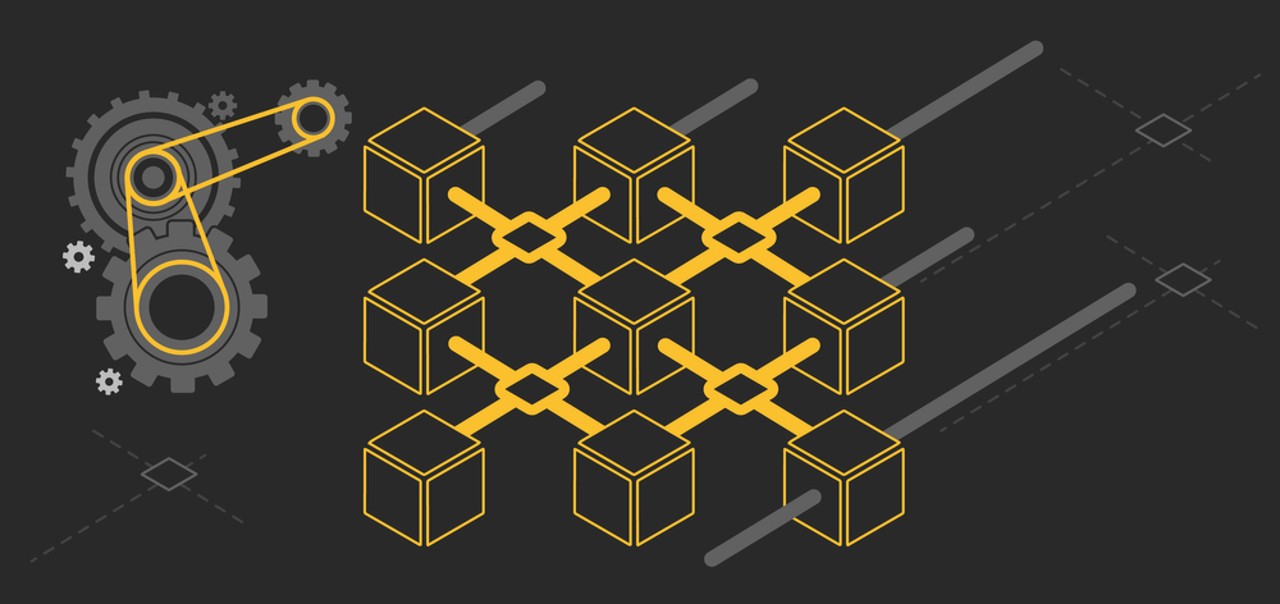Blockchain technology has come a long way since the inception of Bitcoin in 2009. Over the years, the demand for faster, more scalable, and energy-efficient blockchains has grown exponentially. Solana, a relatively new entrant into the blockchain space, has been making waves with its exceptional performance and scalability, setting new standards for the industry. In this article, we will delve deep into Solana’s architecture, performance advantages, challenges, ecosystem, and its potential future impact on the blockchain landscape. Want to explore more! Learn at immediate-peak.net about the market and investment tactics that the pros use to make informed decisions.
Understanding Solana
Solana stands out due to its innovative approach to blockchain technology. At its core, Solana employs a hybrid consensus mechanism known as Proof of History (PoH) and Proof of Stake (PoS). PoH creates a historical ledger of all events in the network, ensuring the accurate ordering of transactions, while PoS secures the network by having validators stake SOL tokens.
Solana’s architecture is designed for high throughput and low latency. Its unique consensus mechanism allows it to process over 65,000 transactions per second (TPS), making it one of the fastest blockchains in existence. This high transaction throughput and low confirmation time make Solana a prime choice for applications where speed and efficiency are paramount.
Solana’s Performance Advantages
Speed and Efficiency: Solana’s transaction speed is impressive when compared to other leading blockchains. For instance, Ethereum’s TPS is currently limited to around 30, while Solana surpasses 65,000 TPS. This significant performance boost translates into lower transaction costs for users, making it an attractive choice for microtransactions and high-frequency trading.
Scalability: Solana’s sharding approach ensures that as the network grows, it can handle an increasing volume of transactions without compromising speed or security. This scalability is crucial for applications like decentralized exchanges (DEXs).
Use Cases and Applications: Solana’s performance advantages have led to its adoption in various sectors. In the gaming industry, Solana’s low latency is a game-changer, enabling real-time gameplay and NFT (non-fungible token) integration. Moreover, Solana has become a prominent player in the decentralized finance (DeFi) space, offering high-speed trading and lending solutions.
Challenges and Criticisms
While Solana has garnered attention for its performance, it’s not without its challenges and criticisms.
Security Concerns: As a relatively new blockchain, Solana faces potential security risks. It’s important to address vulnerabilities and maintain a high level of security, especially as the network continues to grow.
Centralization Debate: Critics argue that Solana’s validator nodes could centralize control, potentially compromising decentralization. Solana’s governance mechanisms and ongoing efforts to increase the number of validators are essential in addressing this concern.
Environmental Impact: Although Solana is more energy-efficient than traditional Proof of Work (PoW) blockchains like Bitcoin, it still consumes a significant amount of energy. The blockchain community is keenly watching Solana’s efforts to reduce its carbon footprint.
The Solana Ecosystem
Solana’s growth has been accompanied by an expanding ecosystem. Partnerships with industry leaders and alliances with other blockchain projects have further solidified its position in the market. Prominent projects and DApps, such as Serum and Mango Markets, have chosen Solana as their platform due to its performance advantages.
The native SOL token plays a pivotal role in the Solana ecosystem, serving as a means of staking, governance, and transaction fees. Staking SOL tokens provides users with incentives and a say in the network’s development.
Future Prospects for Solana
Solana’s future looks promising. The project has a clear roadmap and ambitious development plans. However, it also faces competition from other high-performance blockchains like Polkadot and Avalanche. As the blockchain industry continues to evolve, Solana will need to stay ahead in terms of innovation and adoption.
Additionally, regulatory and legal considerations will play a crucial role in Solana’s journey. Compliance with regulations is essential to ensure long-term success and widespread adoption.
Conclusion
Solana’s surge in the blockchain space has been nothing short of remarkable. With its innovative architecture, exceptional performance, and growing ecosystem, it has set new standards for blockchain technology. While facing challenges and criticisms, Solana’s potential to reshape the blockchain landscape is undeniable. Its journey is one to watch closely as it continues to push the boundaries of what blockchain can achieve. Solana is not just setting new standards; it’s redefining the blockchain game.



